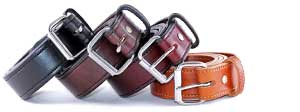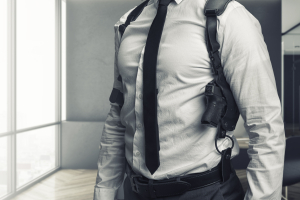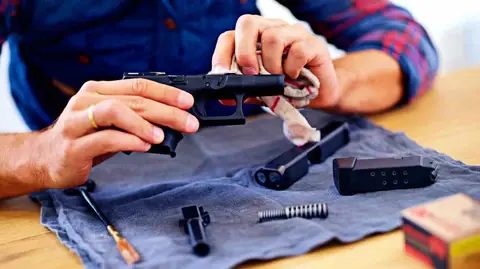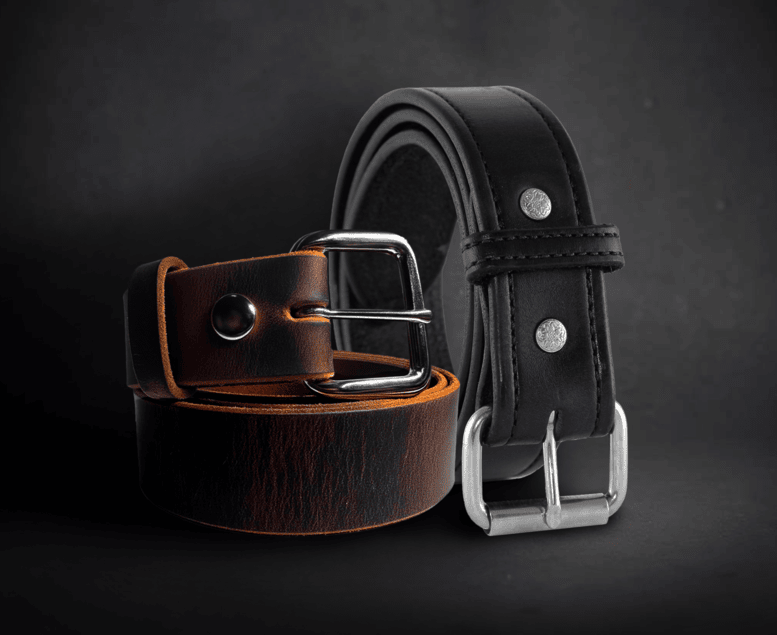EDC IFAK: Is There a Doctor In The House?
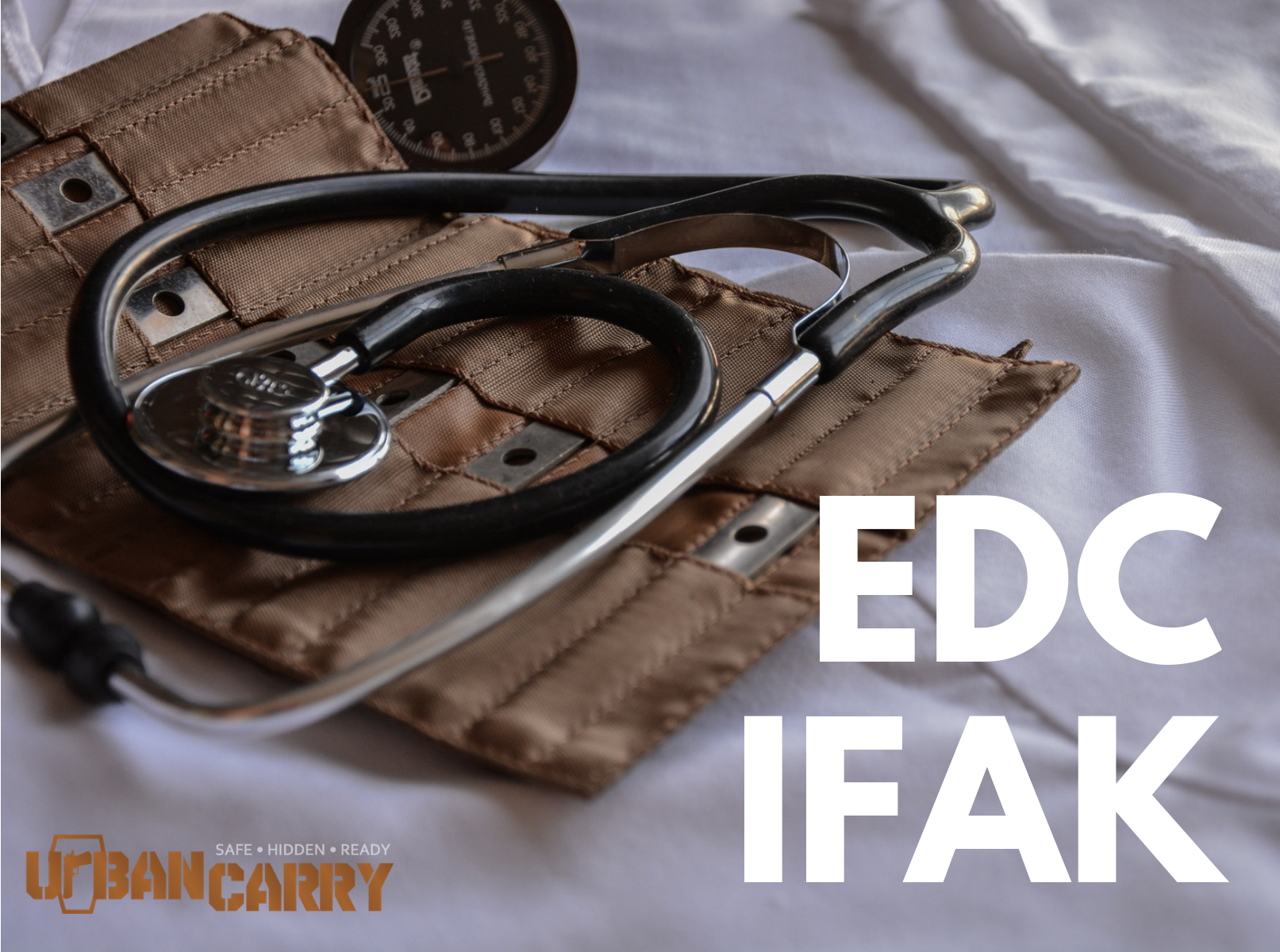
What is an EDC IFAK?
An EDC IFAK, or everyday carry individual first aid kit, is a kit that allows the user to render basic first aid to themselves or others. An EDC IFAK should be small enough to carry on a belt or in a pocket, while being able to treat minor medical issues such as headaches, small wounds or bug bites.
Much like your firearm, a First Aid Kit is something you bring with you but really hope you never have to use. Living in an unpredictable world makes an IFAK a necessary kit for anyone who wants to be prepared, and there are a lot of options out there for first aid kits.
You can buy a ready-made first aid kit, or you can build one yourself. Our focus is going to be on what items you should have in your EDC IFAK, and whether you buy one or build one is up to you. Building one gives you the option to make everything your own, while having an all-in-one kit is easier to stock for multiple locations.
Why do I need an IFAK?
Emergency response times vary based on where you’re located, but for most metropolitan areas it takes anywhere from 5 – 12 minutes before a first responder is on scene. Those first critical minutes can make a huge difference in survivability and long-term damage, so keeping a first aid kit on you is literally a lifesaver.
On top of being able to save your own life or someone else’s, you don’t want to have to sidetrack a day out to go to the store to pick up basic medical supplies. When you have too much fun at the campsite and wake up with a screaming headache, or your child scrapes their knee while hiking, having the supplies necessary to treat those minor ailments can make life a lot easier.
Not only should you have the gear to take care of these issues, but you also need training. Getting First Aid & CPR certified is an easy weekend with a course from the Red Cross. There are also a lot of advanced classes available in subjects like TCCC (Tactical Combat Casualty Care), wilderness aid and you could even go so far as to get trained as an EMT or Emergency Medical Technician.
Having the skills is to treat medical emergencies is paramount; if you know what’s wrong and how to treat it, you can often find a way to take care of it without specialized equipment.
What should I put in my IFAK?
This is the big question, and one that confuses a lot of people who are building an EDC IFAK for the first time. The first consideration would simply be how much stuff you would realistically carry around. At an absolute bare minimum, you’d probably want the following items:
- Tourniquet
- Hemostatic gauze
- Bandages
- Alcohol pads
- Ibuprofen
- Nitrile gloves
These basic items can fit into most pockets or purses, and you could even throw them into an old Altoids tin to make carrying them around easier. These items don’t take up much room but give you the basics to help our in minor medical emergencies. There are a lot of pouches available, but you’ll want to make sure that you mark your kit with a red cross.
You can use this basic kit as a foundation to build other IFAKs as well. You may want to have a more substantial IFAK, a large first aid kit that’s kept in the car and at home, and more specific kits like a medical kit specifically for the range that has more equipment geared towards gunshot wounds.
We’ll go over how to build those specific med kits in specific articles, but for now let’s go over the items in the bare-bones basic EDC IFAK.
Tourniquet
For a life-threatening wound in an extremity, such as a gunshot wound to the leg, a tourniquet is often the difference between living and dying. When applied correctly, tourniquets prevent extensive blood loss, keeping a patient alive until they can get to a medical facility for further care.
Now, most people who carry a tourniquet only carry one, but think about this: If you’re in a situation where one or more attackers have discharged multiple rounds, don’t you think you might need more than one tourniquet?
Obviously you can’t have a tourniquet for every person in the world, but carrying more than one is a good, especially with modern tourniquets being so compact and easy to bring along with you. Keeping two RATS tourniquets on you is easy enough, and gives you the ability to administer aid to yourself and someone else if you need to.
Hemostatic Gauze
Hemostasis is the term for the physiological process that causes bleeding to stop, also known as clotting by most people. Hemostatic gauze is bandaging that has hemostatic agents in the fibers of the cloth to help stop bleeding. This kind of bandaging is extremely useful to help slow or stop the flow of blood from a wound, especially in situations where tourniquets cannot be used.
The most well known hemostatic bandage is QuikClot, and for good reason. QuikClot is the primary hemostatic bandage used in the field by our military, chosen by the Committee on Tactical Casualty Care (CoTCCC) for it non-allergenic, fast-acting properties.
Again, QuikClot is small and light, making it easy to keep on you or in a small med kit. It’s great for hiking or camping, and of course for tactical casualty care. Throwing a pack of QuikClot bandage into your bag is just another simple step in being prepared for emergency medical situations.
Bandages
Here we’re talking about simple adhesive bandages for run of the mill cuts and scrapes. You can pack a variety of different size bandages with you without taking up much room at all and adding hardly any weight.
Alcohol Pads
Another small item that makes a big difference, alcohol pads can be used to clean wounds before dressing them. You can also use them to clean your hands if you didn’t have time to put on gloves. Alcohol pads will help kill any germs around a wound site, preventing infection until further wound care can be provided.
Ibuprofen
Great for sore joints, a headache or to reduce a fever, ibuprofen is used the world over as a medical treatment. You can get travel size bottles, but a better option is to get a small bottle with a cap from a store like Walmart and then just fill it from a surplus size bottle. This will be much more cost effective than buying a bunch of small bottles of ibuprofen.
Nitrile Gloves
Keeping one pair of nitrile gloves in your med kit is a must. Nitrile is the best material because it won’t cause an allergic reaction, so you or your patient is free from latex allergy issues.
One thing to note about buying nitrile gloves though: you need to get medical grade gloves. Medical grade gloves are designed specifically to be a barrier between the user and any bodily fluids such as blood borne pathogens.
This is an absolute must because if you find yourself treating a stranger and get their blood on you, you will have never worried as much until you get a blood test. So, help prevent any contamination issues by using medical grade nitrile gloves.
The next item is key...
TRAINING. You really need to get some medical training. Start with the basics, First Aid & CPR. The Red Cross offers these courses all the time, all over the country. Go get some basic medical training, and then look into further training like TCCC.
A lot of CPR instructors are EMTs or other first response personnel, and will be able to point you in the right direction for additional training. Community centers also put on various medical training courses from time to time, and local colleges or technical schools have EMT/Paramedic classes that you can take if you really want to learn a lot. For most people, First Aid & CPR, plus some TCCC training will suffice.
This is a good start for basic medical preparation, and we’ll be going into further medical kit setups in the future. If you have friends that consider themselves responsible Americans, share this article with them.

